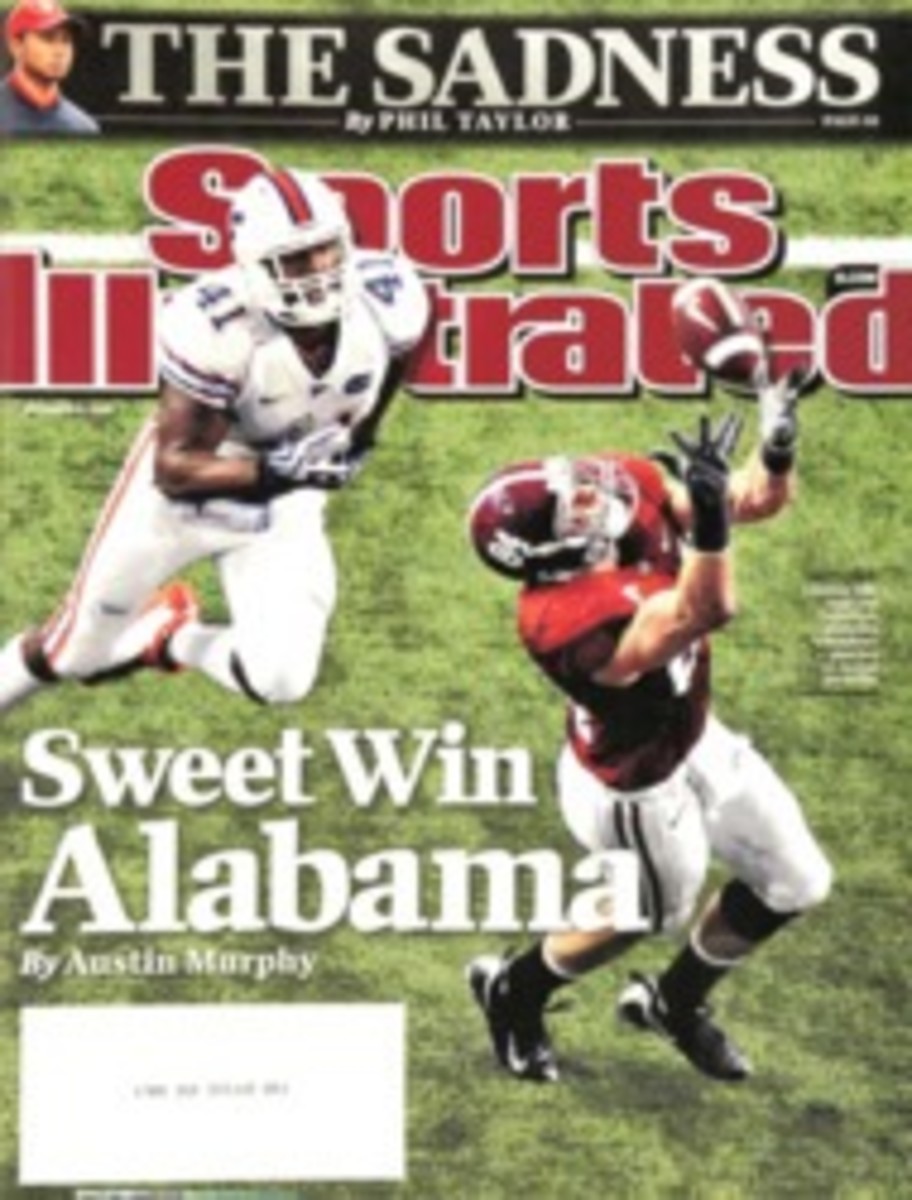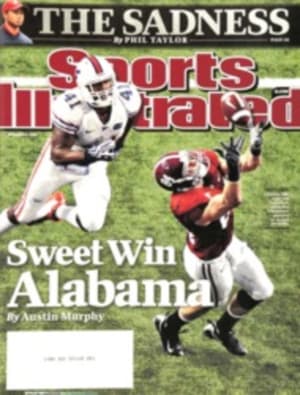
Child's Play
My first decade of golf was blighted by a reverse-overlap grip—a righthander, my father proved incapable of getting his lefthanded son's fingers properly on the club. So I've been extra careful with my two-year-old, Ike, who in the past few months has become obsessed with the game. (It's genetic.) I offer him no advice. In fact, given his shocking consistency at piping the ball, I've decided to start taking instruction from him.
I'm not talking about dropping the club midswing to go chase butterflies. If I wanted lessons in perspective, I'd call Bob Rotella. Nor am I referring to Ike's ability to make friends through golf. The game's social aspects are all well and good, but I've got a handicap to lower.
So I watch Ike in action and glean what I can. His philosophy begins with a rapid pace of play. Hit it and find it—no dawdling, no overthinking. Sometimes he doesn't bother soling the club. Ike makes John Daly look like J.B. Holmes. Following his lead, I'm taking less time and fewer strokes, which gets me home in time to read more bedtime stories.
Another key tenet of Ike's instruction: a solid grip. Some teachers think that players with small fingers should use a 10-finger baseball grip. Not Ike. He uses a cross-handed, multiple-finger overlap. This grip didn't work for me, but a renewed focus on getting my hands working together has yielded better ball striking.
Then there's Ike's creative shotmaking. The boy isn't afraid to putt with his driver or use his putter as a long iron. Obviously, I'm not going to do either, but I have tried to look at each shot as a unique opportunity. It goes against conventional wisdom, but sometimes it makes sense to putt out of a bunker or chip with a three-wood.
Another element: completing the turn. With an unacknowledged debt to Jim McLean, my little pro accentuates the importance of coiling behind the ball. (True, it helps to be so flexible you can put your feet in your mouth.) Ike also stresses swinging through the ball—not at it—to a full, high finish. His vigorous passes make clear that the more you try to steer the shot, the shorter and more crooked you'll hit it. The other day he said something that sounded like, "Tee it high and let it fly," although he might have been asking to go watch Hi-5, his favorite TV show.
Ike seems focused on a playing career at the moment, but I'm trying to stay real. The next Phil Mickelson? That's a long shot. But is the next Butch Harmon too much to ask for?
GOLF.COM • SIGOLFNATION.COM
GOLF MAGAZINE TOP 100 TEACHERS POLL
WILL L'AFFAIRE TIGER AFFECT HIS ON-COURSE PERFORMANCE?
Yes 64%
No 36%
"It will affect his off-course preparation, and he'll face heckling far worse than Monty ever did."
—Steve Bosdosh, Members Club at Four Streams
PHOTO
COURTESY OF EVAN ROTHMAN (IKE ROTHMAN)
GOO-GOO GURU Less than two years old, Ike has become his father's teacher.
PHOTO
FRED VUICH (WOODS)

